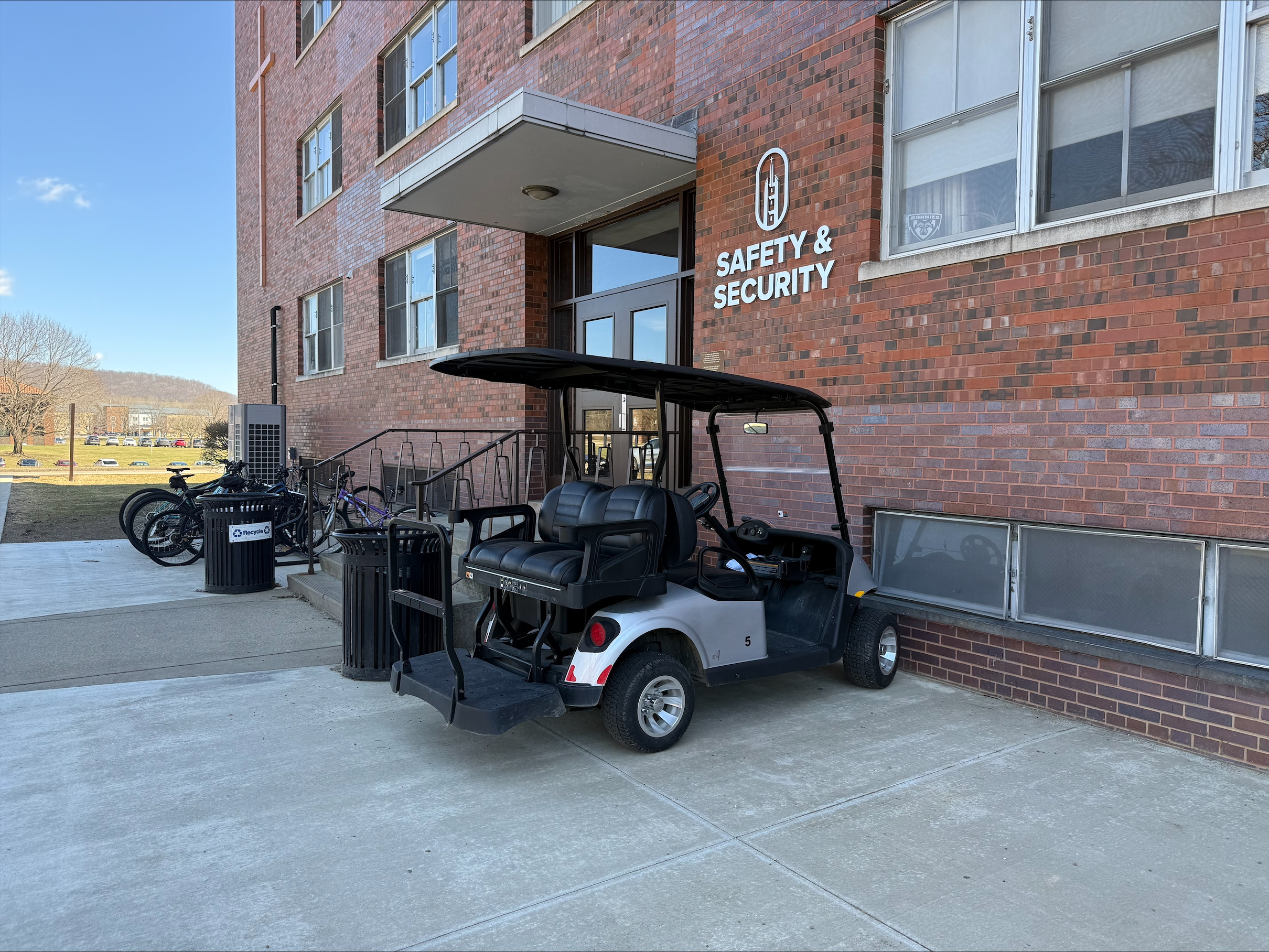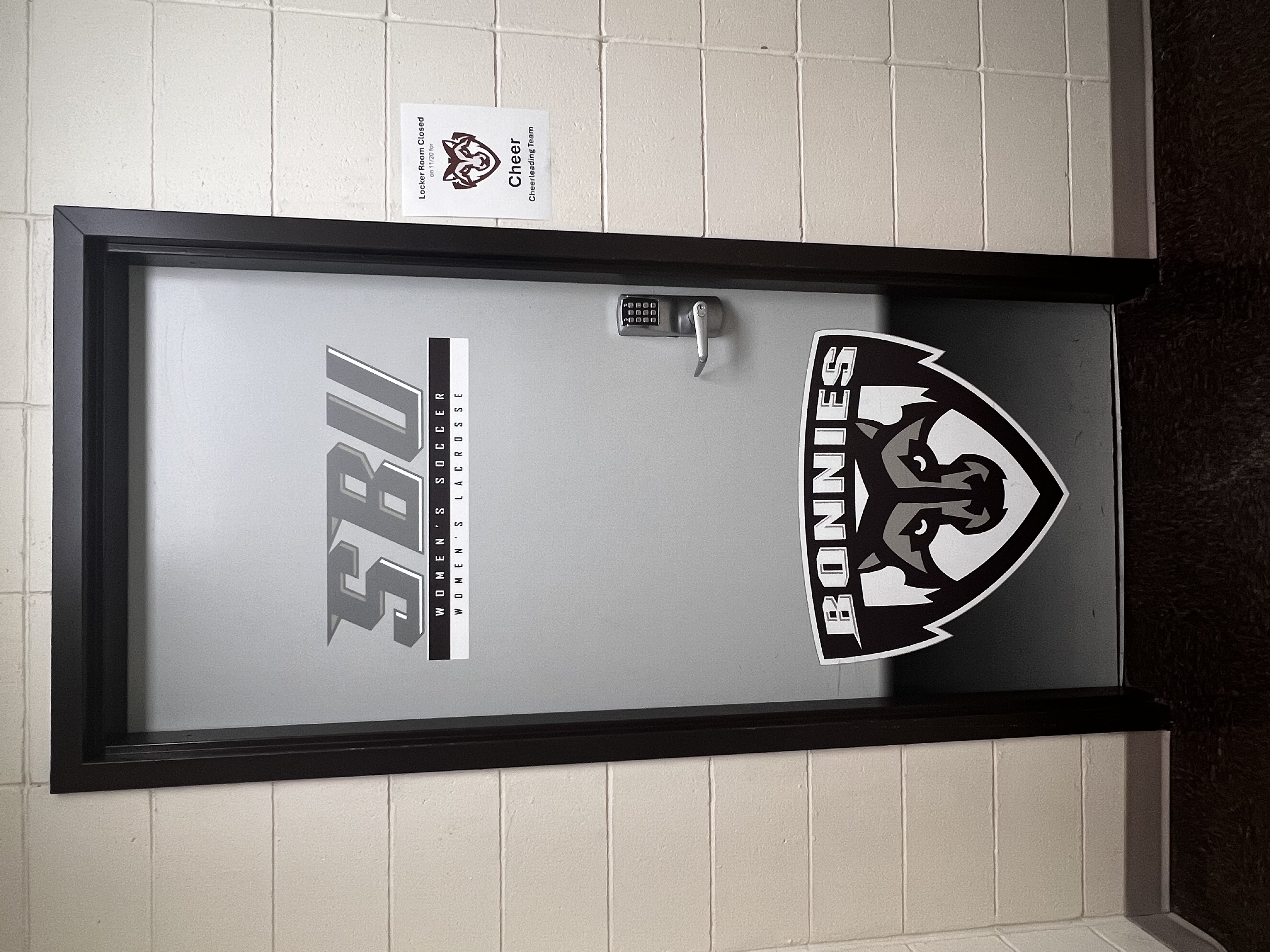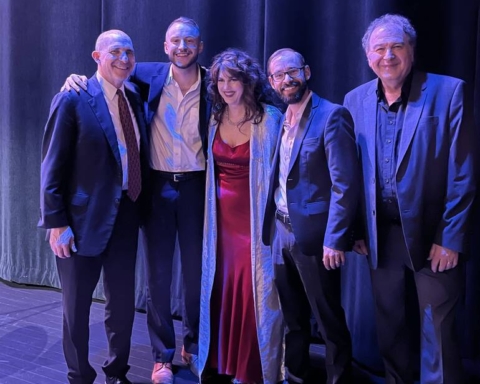At 88 years old, Liz Whitney Quisgard continues to dedicate “a lifetime of effort” to creating art. Residing in New York City, she believes moving to NYC is essential to even have a chance at becoming a world-famous artist because it’s the center of western art.
Knowing her career as an artist would not support her financially, Quisgard pursued a career in teaching so that she could still feel like an artist and students would have the benefit of having a professional teach them.
One method of teaching Quisgard also incorporated into her own work focuses on using items “normal people” would see as trash. She listed off over 20 items including the following: beads, buttons, discarded costume jewelry, old toothbrushes, keys, empty match boxes, chicken bones, dead bugs, twigs and more.
She said she is always looking for possibilities to create art and in order to do so, one has to get into the mindset of looking at things like an artist.
She described this technique as an exercise she’s used on all levels, ranging from amateur painting to serious art school majors and can be adapted for all age groups. Quisgard, herself, did so when she taught elementary-age children, high school students and college students. She recommends art teachers use it as a method to create a better vision and broader intellectual possibilities.
She spoke of her experience teaching this method where she describes how 20 girls in her class created a huge pile of items deemed as trash that covered the whole center of the classroom floor.
The school’s maintenance department reported the pile as a fire hazard in the studio, but that didn’t stop Quisgard. To get around it, her students and she tucked away their items wherever they could in the classroom.
Another example she pulled from her own life occurred when she had several paintings that she didn’t like the result of, and instead of discarding them, they were in a “rescue frame of mind.” She had some beads and buttons lying around, which she planned to use on her paintings and later learned she didn’t have enough to finish the project.
Instead of buying the dozen that she needed, she took a button off each white shirt her husband at the time owned, varying from top, middle and bottom buttons in hope he wouldn’t notice.
Quisgard said he didn’t notice until a year later when they were going through a divorce and couldn’t resist telling him what she’d done.
“It’s one more thing to blame me for,” Quisgard said as she compared her needs for buttons to a drug fix.
As she has gotten older, Quisgard wondered where her work would go when she passes away since her house is currently filled with art. With time, her ground floor loft had not only become her living space, but her working space. It reached the point where her dining room table also served as her auxiliary work table. Her daughters, who do not live in her world of art, would need to find a space for the pieces.
She decided that instead of having her work thrown away or burned, she created a donation plan where she sent out letters to 600 museums, state universities and hospitals with support materials. She said she received a wonderful response.
St. Bonaventure became one of the places she chose to donate her work to. In addition to her exhibition “Arabesque” being showcased in the Beltz Gallery on the second floor of the Quick Center for the Arts, she donated eight of her sculptures to the university’s art collection.
habersk15@bonaventure.edu









